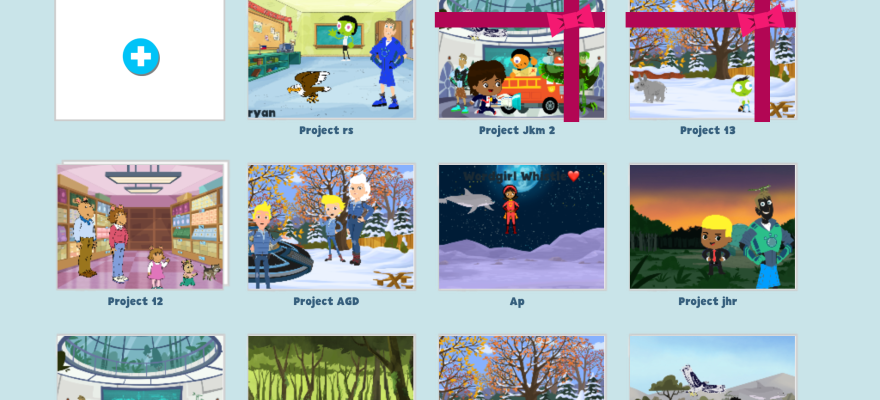Last year I got an embroidery machine for Christmas. I started exploring in January and now I want to report on my first year.
I started (and finished) a TurtleStitch sampler quilt. It is made up of 36 blocks, each with a different coded pattern embroidered on it. Most made by me, some made by others in the #TurtleStitch community, like Andrea Mayr-Stalder and Simon Mong. I used fabric that I hand dyed a few years back and a cool quilt block pattern I found in one of my mom’s quilt magazines. As I tested designs and stitch types, I also tested placement and sizing techniques, stabilizers and thread. I was hoping to take it to Scratch@MIT 2020 Conference and present with other TurtleStitch enthusiasts in a Global TurtleStitch panel session and poster presentation. (Maybe next year).
I made a few t-shirts. I used online tutorials for ideas about water-soluble stabilizers and centering techniques. I still haven’t mastered placement and I find it tricky and nerve-wracking to work with t-shirts. I have learned this tip: add the water-soluble stabilizer on top and bottom. More exploration is needed.

I made some masks. This was one fun extension for the year.
I made and sold a few embroidered masks. My two favorite are “I’m smiling” and “Vote”. Although “This is the Way” (Mandalorian catchphrase) is a good one. I plan to make more code generated snowflake masks in January.
I made some coasters as Christmas gifts.

I used this YouTube tutorial as a starting point.

I got some sheets of cork fabric and cut them into hexagons with my Silhouette Portrait machine. I can get 4 hexes on one sheet. Then sprayed a little temporary adhesive on the back and laid it on top of some wear-away paper-like stabilizer, using my centering guide for good placement.

After embroidering the #turtlestich design, I tear (or cut) away the stabilizer, spray a little more temporary adhesive 505 and add a second cork-fabric hexagon to the backside (right sides out). Then I sew around the edge. I have found I like using blanket stitch #25 on my Janome sewing machine. (F foot, 2.5 mm length, 3.0 width) while sewing backward (on the left side edge). Takes about 5 minutes to sew around the edge.


Next year – I hope to try some “freestanding lace” designs using these directions from Embroidery Library And I hope we get to meet up and I can share my quilt.

Here’s to making in 2021!













